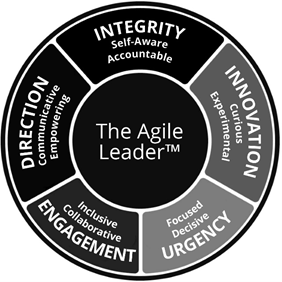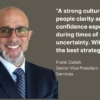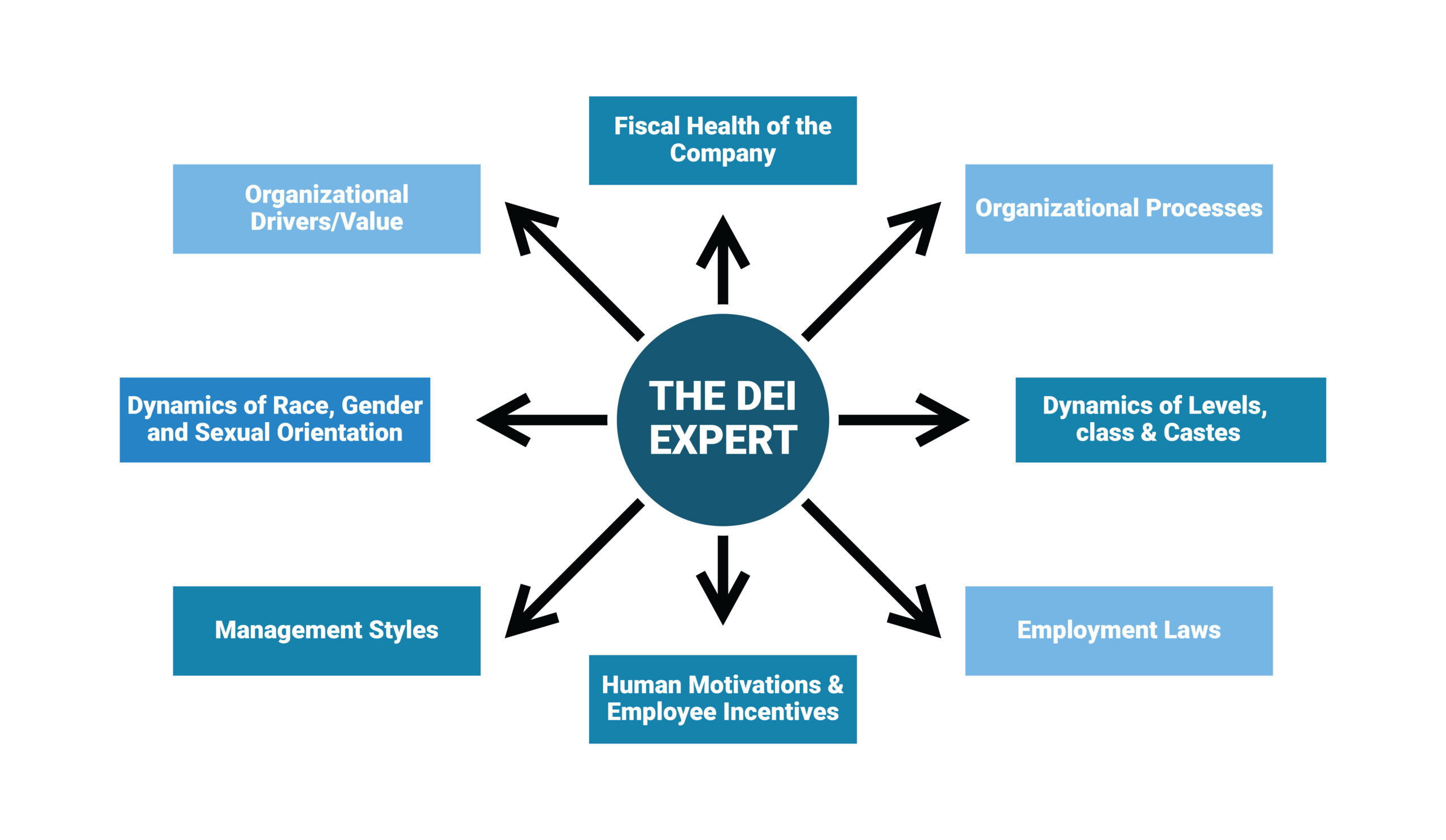5 Drivers of Agile Leadership
By Chuck Mollor
Considering how quickly market and competitive landscapes are shifting and the world is changing, agile organizations have a distinct advantage over more traditional organizational structures. Hierarchical, command-and-control approaches are being replaced by dynamically constructed and reconstructed networks of teams. Modern organizations operate less like an assembly plant and more like living organisms— shifting, adopting, adjusting, and evolving.
“If everyone is moving forward together, then success takes care of itself.” Henry Ford
A critical success factor in any agile transformation is the collective mindset and behaviors of its leaders. A shift to agile leadership requires new ways of thinking, interacting, and organizing. Attitudes and values must shift towards agile aims of experimentation, innovation, creativity, and flexibility. This shift demands skillful communication, commitment, and collaboration by leaders at all levels.
An agile leader has the ability and capacity to assess risk soundly, decide courageously, and act quickly to meet a rapidly changing environment while producing results, and develop others’ capacity to do the same. Through executive interviews and ongoing research, we have identified five key drivers of Agile Leadership, as illustrated below in MCG Partners Agile Leader Model™, that can be leveraged to change how organizations work and get work done.

Source: MCG Partners
- Integrity
Integrity is the foundation of agile leadership. Actions are driven- by values and principles, which make leaders reliable and trustworthy and provides purpose that naturally inspire.
Integrity is the most important leadership attribute, but it’s often overlooked or considered to be something that leaders simply have or don’t have. The combination of self-awareness and accountability accelerates the development of leaders, so their mindsets and behaviors are governed by principles of integrity.
- Innovation
You must have an innovative approach and exhibit a natural curiosity about your environments, introducing and encouraging new ideas and creating a learning culture.
The agile leader’s role is less about commanding and control ling, and more about facilitating. Think of the agile leader as a conductor or a gardener who invests in team growth and willing to challenge the status quo and drive change.
- Urgency
The Agile Leader embodies a sense of urgency. They bring focus to the organization by establishing challenging goals and maintaining a steady cadence. They make decisions quickly with imperfect data to keep the organization moving forward.
Agile Leaders decentralize decision-making by abandoning hierarchy in favor of self-organizing, cross-functional teams. Leaders who follow the discipline of talent optimization know that selecting an organizational structure that supports the business strategy— and then updating that structure as needed—is key to success.
- Engagement
The Agile Leader creates engagement across the organization. They are inclusive across boundaries, generations, all forms of diversity, and geographies. They span up, out, across, and down complex networks of stake- holders to encourage cross-functional collaboration to generate optimal performance and develop leaders at every level.
- Direction
The Agile Leader creates a direction for the organization and aligns people and resources to fulfill it. They focus on removing impediments and empowering teams to self-organize and take charge of their work. They are transparent in their communication and encourage a free flow of information to rapidly adapt to change.
With the right skills and commitment, an agile leader can successfully empower teams and manage change as the entire organization works to continuously improve. Using the key drivers of agile leadership, you can set a roadmap for ongoing learning and improvement to reach long term goals.
You can read more in Chuck Mollor’s best selling book, The Rise of the Agile Leader. Can You Make the Shift?
About MCG Partners
MCG Partners is a leadership and talent optimization firm– aligning your business and people strategy for maximum results. MCG Partners a woman-owned consultancy and is also a Predictive Index® (PI®) certified partner. To learn more please contact Stephanie Holmgren at stephanie.holmgren@mcgpartners.com and at mcgpartners.com









